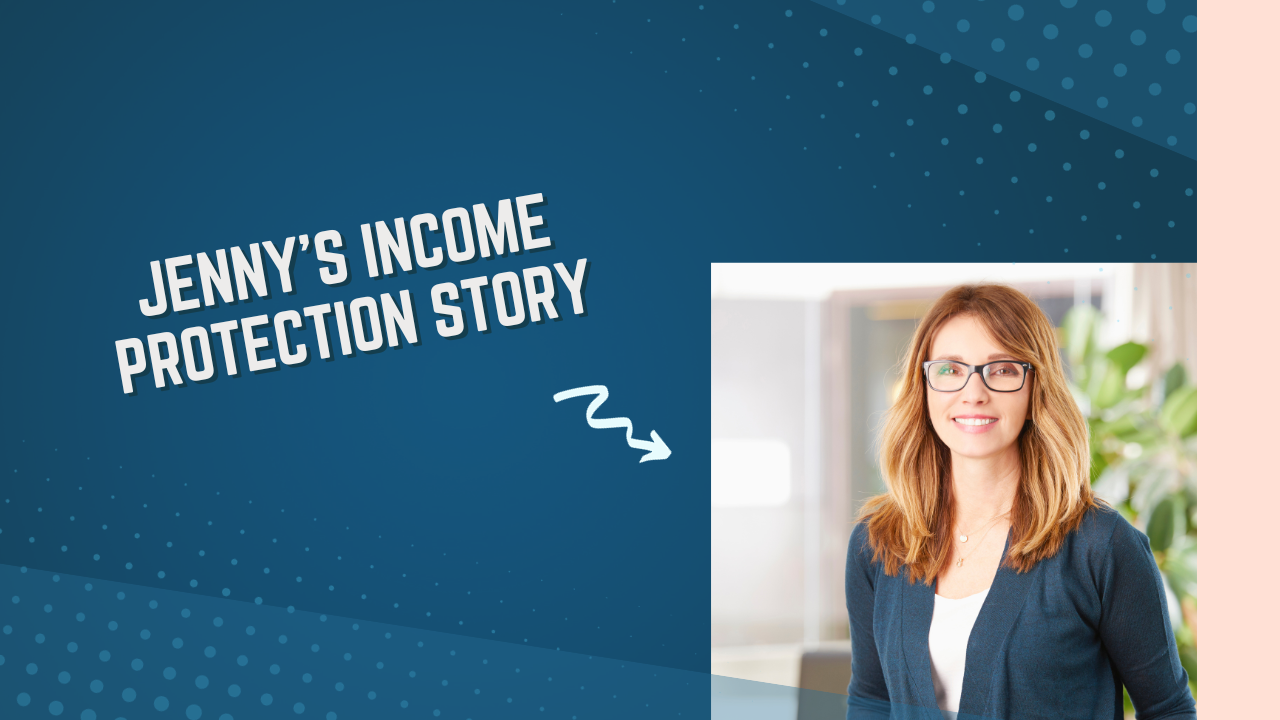Attitude to risk? What the hell is it and why does it matter?
What the hell is Attitude to Risk? If you’ve been hearing the term attitude to risk lately with regard to your pension or investments the question does not mean, do you want to close your eyes and roll a dice or flip a coin and hope for the best, hoping deep inside that you will strike it lucky and be able to walk off into the sunset in six months time rich beyond your wildest dreams. In this article, I will explain what attitude to risk is in relation to investments and why it is so important that you are in the right investment space to ensure your pension or savings plans achieve the returns that you are expecting.
So what is it?
Attitude to risk is simply the risk an individual is willing to take to achieve a desired investment return. Each person’s attitude to risk is different. It’s not a competition and you shouldn’t feel bad if your score is low. However, you need to understand to achieve some returns some risk is required. If the mouse wants to get the cheese out of the mouse trap he is going to have to take risks. Each person is ranked on a score between 1-7, 1 being a low attitude to risk and 7 being a high attitude to risk. Your financial planner should go through a questionnaire with you to determine your score. To be fancy the scale is called the EMSA (European Securities and Markets Authority) scale and it has to do with volatility. The further up the scale you go the more volatile the investments are.

Generally speaking over a long period of time you should expect to achieve a higher return for a higher level of risk. The chart from Zurich shows the more risk you take over time you can expect a higher return.
Still confused?
To put this another way if you had a score of 1 your investments would typically be invested in cash (similar to returns in the current account) where you would get pretty much no return but equally you are taking no risk. A score of 2 would be a mixture of bonds and cash, 3 would be a mixture of bonds,4 would be a mixture of bonds and shares of companies, 5 upwards would be mainly in shares and property and alternative assets such as gold, 6 would be more specific shares following a particular index such as tech stocks and 7 would be something risky like bitcoin.
Whatever your score try to diversify as much as possible to help reduce your risk. We use fund analytic tools to try and achieve higher returns for the least amount of risk possible for our clients. All of the life insurance companies try to market funds that attempt to meet the need for your risk score combined with diversification by having specific funds that have hundreds of different stocks and shares within the fund in an effort to provide diversification. Even so, it is a good idea not to have all your pension/savings within one fund. Each life insurance company will have several fund options that fall within your risk category. It is important to try and have a well-balanced diversified portfolio. This will help you achieve better returns overall while taking less risk. Don’t put all your money on one horse so to speak!
So what is my attitude to risk?
A lot of it comes down to some basic individual circumstances such as your age. Why is age important? Age is important as the older you get the less chance you have of making your money back if you hit a recession so if you are nearing retirement and have built a nice nest egg you most likely will not want to take as much risk as someone who is 20 years away from retirement. Someone 20 years away from retirement can ride the wave of a recession and perhaps if they are in a savings plan benefit from a recession by the benefit of buying funds when they are at low prices. Your score would also consider factors like how badly you are relying on the investment to do well. If this investment performed badly would it leave you with nothing? If the answer to that question is yes then you will have a lower ESMA score than someone who is only planning on using the investment as petty cash.
What difference will it really make if I am in the wrong space?
The answer to this question is it could make a massive difference. I had a client who had a score of 5 on the ESMA scale. We checked his old employer’s pension and he was sitting in cash. He had been in cash for years unknown to him. He was actually losing money year on year due to the annual management charge on the plan. Hence the reason it is so important to look at your old employer’s pension plans to make sure you’re in the right investment space. To give an example if you invested €100,000 in your pension with a 1% management charge and a low-risk fund which returned 0% per annum after ten years you will have a pension of €90,438. If on the other hand, you had been invested in an ESMA 5 fund (take Zurich’s balanced fund for example) which at the time of writing this article has achieved 8.79% on average each year you would have a fund of €211731 after charges. That’s a whopping difference of €121,293. Imagine the difference that would make!
To conclude your attitude to risk is based on your personal individual circumstances. The higher the risk you are prepared to take over the long term will yield higher returns but you need to consider the purpose for the investment. If you are planning on living off the investment for a long period of time and plan on reinvesting the investment (such as an Approved Minimum retirement fund) then you should understand that some risk is prudent as you will want to make further investment returns in retirement to ensure you do not run out of money.
This article is designed to give you an understanding of what attitude to risk is and is not to be taken as financial advice. If you are looking for further information you can contact me on 015823524 or email me at sean@financiallife.ie or speak to your financial planner about your attitude to risk.


 Insurance
Insurance  Insurance
Insurance  Insurance
Insurance  Insurance
Insurance 

